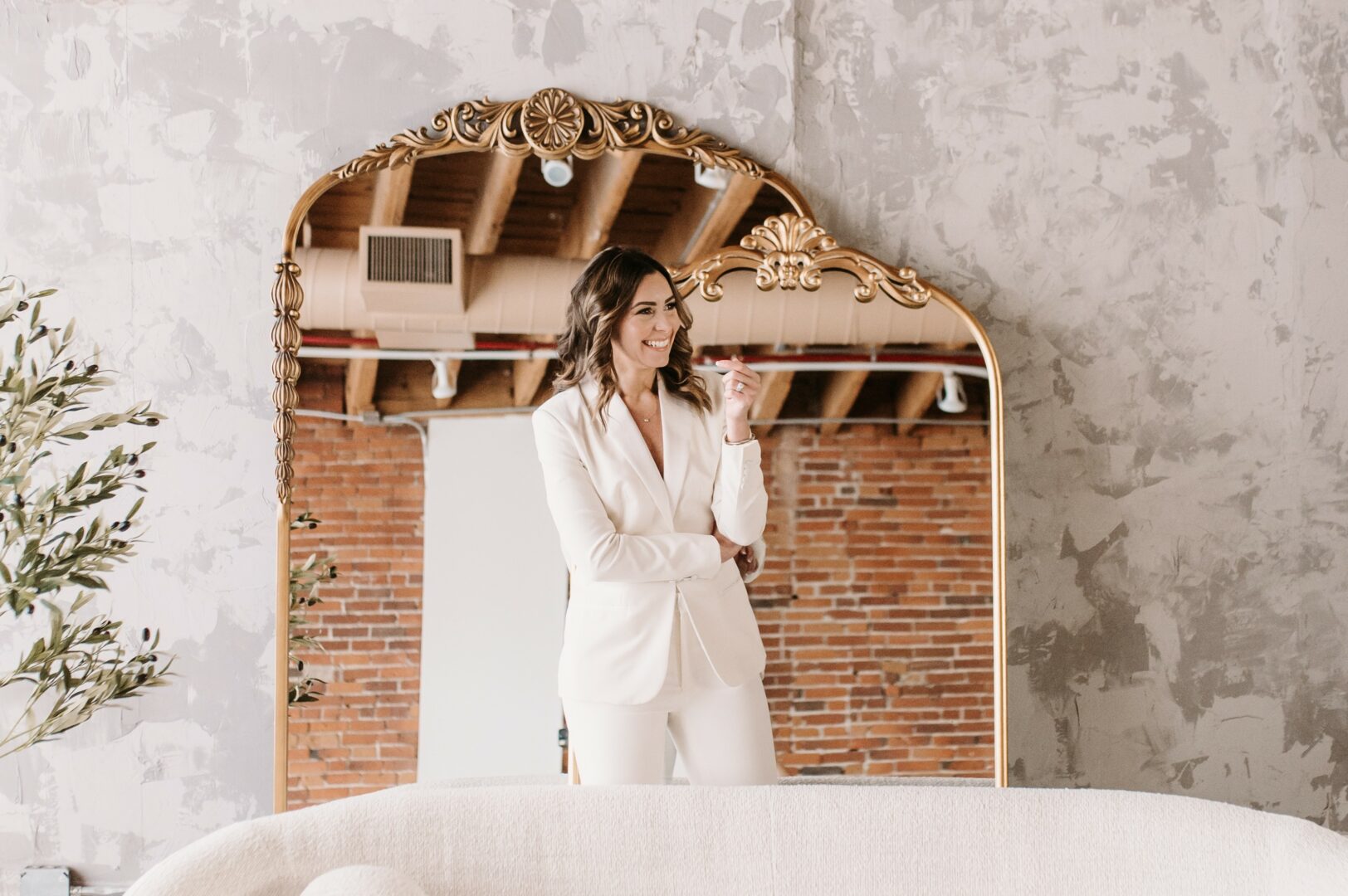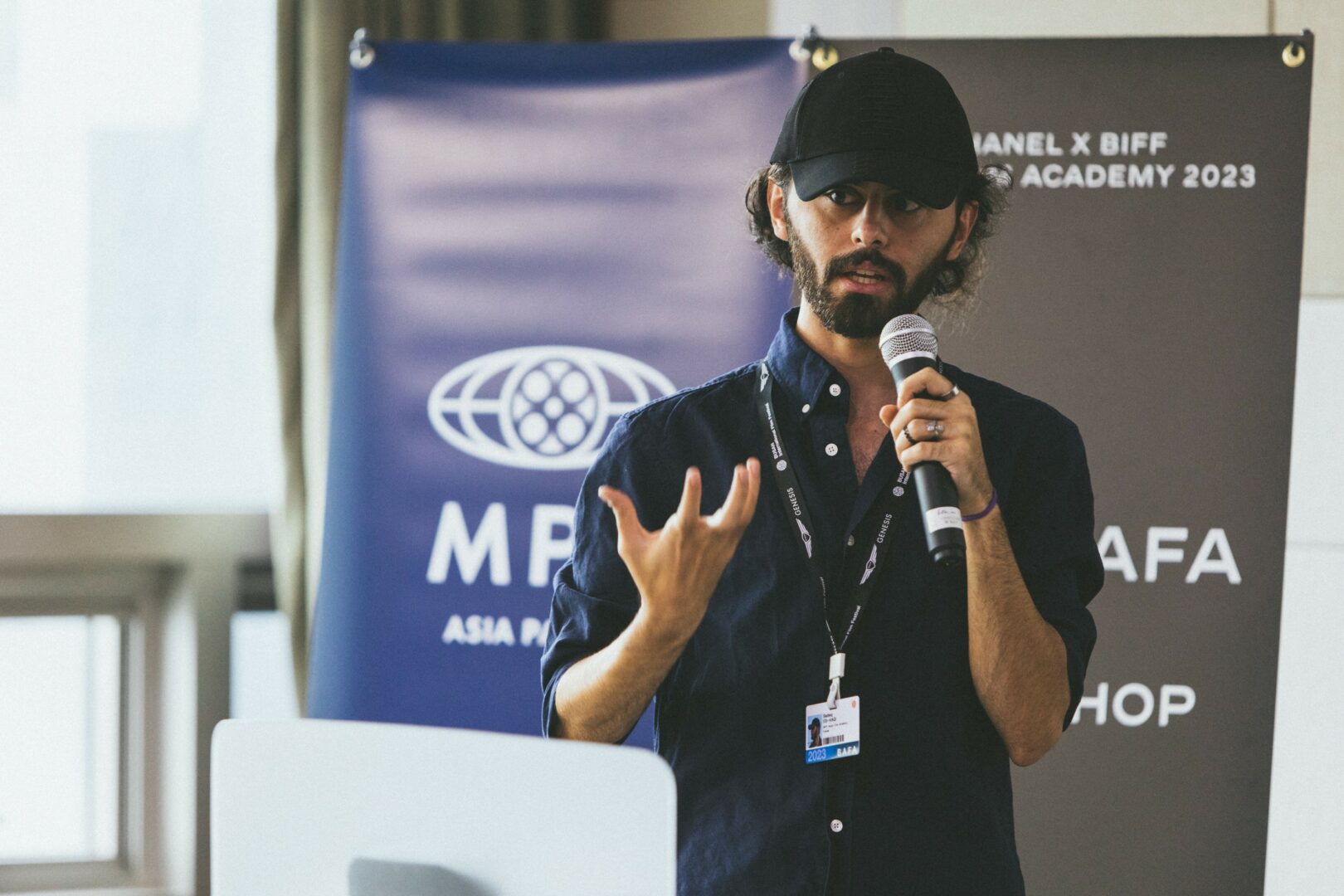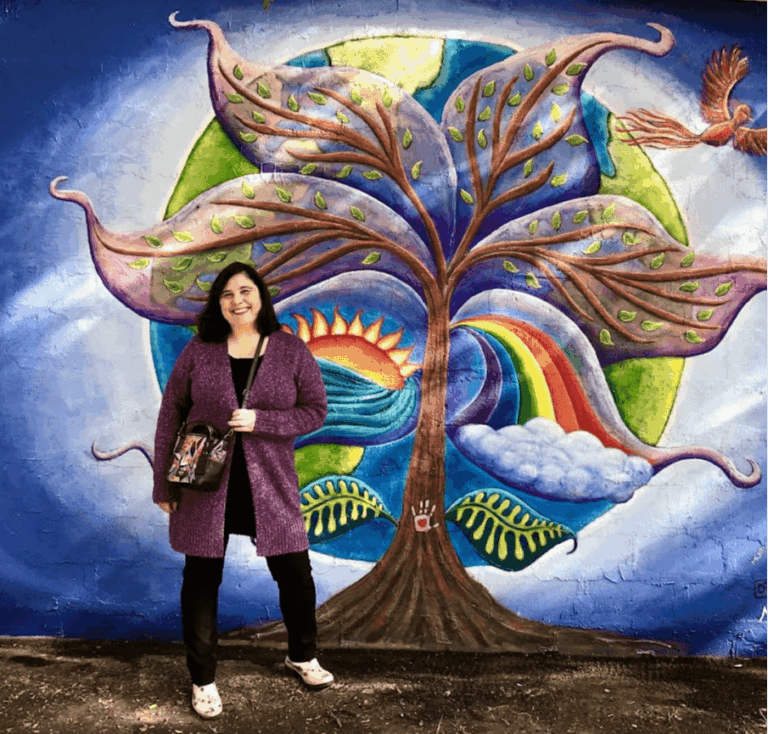We were lucky to catch up with Meg Trucano recently and have shared our conversation below.
Hi Meg, so excited to have you with us today, particularly to get your insight on a topic that comes up constantly in the community – overcoming creativity blocks. Any thoughts you can share with us?
I have been in love with creating things since I was a small child. When I was barely able to hold a pencil, I would fashion myself a “book” out of looseleaf paper stapled together and ask my parents how to spell words that had a good ring to them. Words I liked saying. At the time (I think I was three?) I didn’t quite realize at that point that words string together to form ideas, and then together again to form stories.
And when I learned how to draw and add color to those drawings, I was hooked on creativity.
Looking back, I marvel at how easily creativity flows for children. They aren’t as concerned with the outcome of their creativity, but rather focus intently on the process of creating. Since becoming a mother, I’ve noticed this in my own children, as well: They don’t care what their marks look like on the paper, because it’s about making those marks. They love color. They love exploration. They just love creating!
I’m not sure why our culture has decided that creativity is exclusively the domain of children and artists, but as an adolescent, I began to feel this pressure intensely. I got your standard parental advice: “Oh those are nice, dear, but can’t make a living off of art. Study hard.” This had a paralyzing effect on my creativity, and it began to feel indulgent; something to be engaged in only when other, more important tasks had been completed. In college, my creativity was altogether forgotten.
As an adult, my creativity would beg me to engage with it pretty frequently, but only occasionally would I “indulge.” Usually, this looked like purchasing all the supplies for a medium like acrylic or watercolor painting, only to have little room to store them and even less “time” to engage regularly with my ideas. But then, like so many others, the COVID-19 pandemic brought about my true creative renaissance.
I had all sorts of time to engage with my creativity, and I leaned into watercolor painting. I took online tutorials and practiced for hours at a time. I loved the process of creating, just like I had as a kid; the difference was that, unlike a kid, I actually cared about the outcome–and it rarely turned out how I’d hoped. So, I practiced. And practiced, And practiced.
Bit by bit, a new part of my identity emerged from my shadow: Artist.
By accepting the moniker of artist, I also have to contend with the not-so-fun parts of being an artist, including: impostor syndrome; comparing my work to others’; intense criticism of my own work; internal dialogues about the value of my work and how much to charge for paintings; feelings of deep vulnerability when choosing to share my work with others; and, of course, lack of inspiration and creative blocks.
I am not sure there is any such thing as “beating” creative blocks; they ebb and flow like the tides. However, two books utterly transformed how I relate to the practice of my creativity:
-Big Magic, by Elizabeth Gilbert, and
-The Artist’s Way, by Julia Cameron.
Big Magic taught me that creative ideas have energy and spirits of their own, and partner with human beings so that they can be creatED–and THAT is the point. The Artist’s Way taught me how to practically overcome all the nonsense our cultural conditioning and deeply vulnerable inner child throw at us when we try to engage with our creativity. I’ve also adopted Cameron’s recommendation to write morning pages every morning, and it’s been transformative. Together, these books changed my perspective and my creative practice emerged.
I like to call my work as an artist a creative practice because it puts the emphasis of creation back into my own hands; I have agency over what I do with my creativity by practicing it, not by waiting for inspiration to arrive. It is work. It is play. But more than anything, it is devotion.
These days, my creative practice looks like “big” and “little” engagements with creativity. I am fortunate to get to exercise my creativity for my job as a coach and content creator, and I try to bring a sense of play into my marketing and educational content. I regularly take watercolor classes from local artists and have a never-ending queue of online tutorials to watch. I try to engage with my creativity on a daily basis in some form, whether that be short skill-building exercises (e.g., drawing) or full-on painting for at least five minutes.
Sometimes, five minutes is all I can manage. Sometimes I can’t even manage five minutes and in those cases, I choose to forgive myself and try again tomorrow. Other times, five minutes is just the perfect amount of time for a warm-up and it leads to a longer, juicier painting session.
I do this when I feel inspired, but also when it feels hard and like nothing is flowing easily. I’ve had hours-long painting sessions end in piles of crumpled paper strewn about my studio, and I’ve learned that this is part of it. It’s not always going to feel excellent. Sometimes you’ll be distracted, and sometimes you do it just to get it done. But over time, those instances become less and less frequent.
Creativity is, I’m convinced, a fundamental human need. We NEED to be creative, and to find creative outlets. When we don’t frequently engage in that part of ourselves, we become stagnant, and sometimes it even makes us soul-sick (that feeling where even if things are going fine, something’s still off).
My advice? Find how you love to create and then engage with your creativity often. Make it a practice, a devotion, and watch your creative blocks melt into a thing of the past.

Great, so let’s take a few minutes and cover your story. What should folks know about you and what you do?
I am a motivational psychologist and life coach for women. I spent 15+ years conducting research for high-profile government agencies in the U.S., and like many others, experienced exhaustion and burnout. When I embraced what I truly wanted to do with my life (which is to empower other women through coaching), the game changed for me forever.
My goal as a coach is to help women reconnect with their authentic desires (which often lay hidden beneath years of social conditioning and others’ expectations), and to meaningfully share the gifts that ONLY THEY can share with the world. I help them cultivate strong boundaries to fiercely protect their most valuable resources of time and energy, and teach them to defy hustle culture by rejecting busy-ness as a status symbol. I believe that every woman deserves to find contentment in her personal life, meaning in her professional life, and deep connection with herself–without sacrificing their ambition or what they’ve worked so hard to build.
I’ve found nothing to be more true (for myself and for my clients) that when you FINALLY lean in to what you authentically desire, THAT is where the path to meaning, fulfillment, and success begins. It’s what I call the Wild Path. Every person has a unique wild path that, when they are brave enough to take their first step onto it, will take them where their literal wildest dreams exist and come true. If you’re experiencing tension or exhaustion or blah-ness in your life or career, it’s because you’re too far away from your own Wild Path. Maybe you know what you really authentically desire and feel like you just CAN’T pursue it (due to others’ expectations, social conditioning, or plain old fear)… or maybe you have no freaking idea what your unique Wild Path is and what you really want. Either way, that is where my coaching comes in. I help clients find their unique gifts and what they authentically desire so that they can bravely take their first step onto their own Wild Path.
I created a private podcast for women who want to explore their own wild path: The Wild Path Audio Series. In six bite-sized episodes (the better to fit between meetings or on your commute to work), I introduce listeners to the wild path framework that will give them clarity on what they REALLY want, the skills and tools to align their resources (time, energy, attention) toward it, and integrating this vision into their daily lives. It’s the perfect place to start the process of discovering why you’re here on this planet, and where you’re meant to go. You can listen here: https://www.megtrucano.com/wild-path-audio-series
I am also a watercolor artist, mom to twin toddlers, and wife to an incredible husband.

Looking back, what do you think were the three qualities, skills, or areas of knowledge that were most impactful in your journey? What advice do you have for folks who are early in their journey in terms of how they can best develop or improve on these?
Discipline, consistency, and–cheesy as it may sound–following your truest, most authentic desires.
I believe that we are all born with a unique gift to offer and share with the world.
I believe that it is our life’s work and our responsibility to uncover and refine that gift.
I believe that engaging with what inspires us, drives our desire and with what we authentically desire most in the world offer us clues for WHAT and HOW to do this. ^
I believe that we are happiest when our lives support the sharing of our gifts with the world, whether that is through your vocation or how you live your life.
I believe we are happiest when we’re doing what aligns our authentic desires and allows us to share our gifts.
How you spend your time and energy MATTERS, so spend it on the things that you deeply desire.

As we end our chat, is there a book you can leave people with that’s been meaningful to you and your development?
There are so many books that have changed the way I think, but the book that changed my LIFE is “Braiding Sweetgrass,” by Robin Wall Kimmerer.
This book is about human beings’ connection with one another and with the natural world. But the reason I fell in love with it so much is because Kimmerer talks extensively about gifts: giving gifts, accepting gifts, and finding our gifts to share with the world.
As someone who grew up believing that ONLY hard work, sacrifice, and suffering could precede success, satisfaction, and wellbeing (work first, play never), it was mind-blowing to think that maybe I don’t have to work so hard, and that I can ACCEPT the gifts offered to me with joy and gratitude, and that sharing my gifts with the world CAN be easy, joyful, and can lead to deep fulfillment.
Contact Info:
- Website: https://www.megtrucano.com/
- Instagram: @meg_trucano
- Linkedin: https://www.linkedin.com/in/meg-trucano/
- Other: Here is the opt-in page for the Wild Path Audio Series: https://www.megtrucano.com/wild-path-audio-series

Image Credits
Amanda Ghobadi
so if you or someone you know deserves recognition please let us know here.




